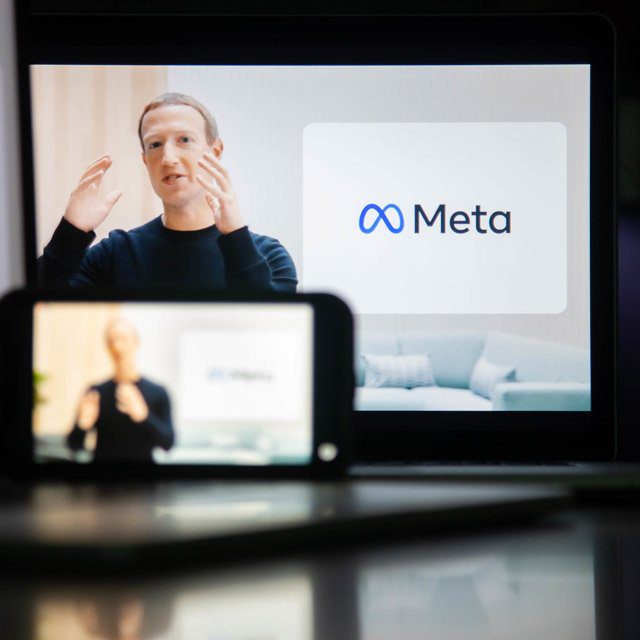From Wordle to the Metaverse, Apps Get Less Addictive

How did Facebook become a business worth $1 trillion at one point last year? Not just by fulfilling its mission of “connecting people,” but by keeping them hooked on the site, sometimes for hours on end.
Facebook parent Meta Platforms Inc., Alphabet Inc.’s YouTube and Twitter Inc. have spent years perfecting the art of building habit-forming products, whether through the social affirmation of “likes,” the allure of a never-ending newsfeed or the way YouTube hits your dopamine receptors each time it recommends a new video.
Guillaume Chaslot, an engineer who left Google in 2013 after helping to design YouTube’s recommendation algorithm, remembers being told to program it to encourage larger amounts of time spent by people on the site. “When you optimize for time spent, then you optimize for addiction,” he says. “At the time, I did not even realize that.”
But now, several years into a broad backlash against Big Tech platforms over their safety, more consumer internet services seem to be disregarding the pressure to be “sticky,” in Silicon Valley parlance, or to reward attention-seeking behavior. It’s a promising trend.
Some of these services are actually taking off with consumers.
BeReal is a social app developed in France where all users are told to post a photo of themselves and their surroundings at one randomly appointed time each day. Instead of perfectly angled selfies on the beach, you get double chins, laptop keyboards and crowds of bus commuters — in other words, the mundane moments of everyday lives. As of May 2022, BeReal had been downloaded more than 10 million times and is growing steadily among teens and college students in the US, UK and France, according to app analytics firm data.ai.
There are no beautifying filters, and BeReal discourages staged photos. “It isn’t showing fake lives like some Instagram influencers present,” says Alice, a 15-year-old in London who started using BeReal in April after a friend recommended it.
Perhaps more importantly, BeReal isn’t as addictive as Instagram. You only really need to look at the app once a day, when a flood of new photos gets added. I’ve been using BeReal for several months and find it hard to ignore the app’s two-minute alerts for everyone to post a photo, but I’m not hooked on BeReal in the same way I’m compelled to look at Twitter multiple times throughout the day.
The once-a-day routine is also what has driven tens of millions of people to play Wordle, the hit puzzle game now owned by New York Times Co. that updates itself daily, and which encourages players to share yellow-and-green grid emojis of their results.
Instead of building a constant itch to be checked 24/7, both BeReal and Wordle create anticipation. Instead of showcasing content, the apps encourage a unique, fleeting daily practice that connects users with others.
Both web services could be fads, of course. Remember the apps Dispo, YikYak and Peach? If not, that’s because social media and internet platforms are a fickle business, filled with flameouts that couldn’t attain long-term appeal with consumers.
But Wordle and BeReal’s current success also comes alongside a broader cultural change: a hardening awareness among consumers, and among teens and 20-somethings in particular, of the psychological risks of spending a lot of time on social media. That knowledge has compelled Gen Z to pioneer finsta accounts on Instagram to post more private and authentic photos for their close friends, or to start trends like #filterdrop.
Ironically, the biggest company ditching the dopamine model may be Facebook itself.




